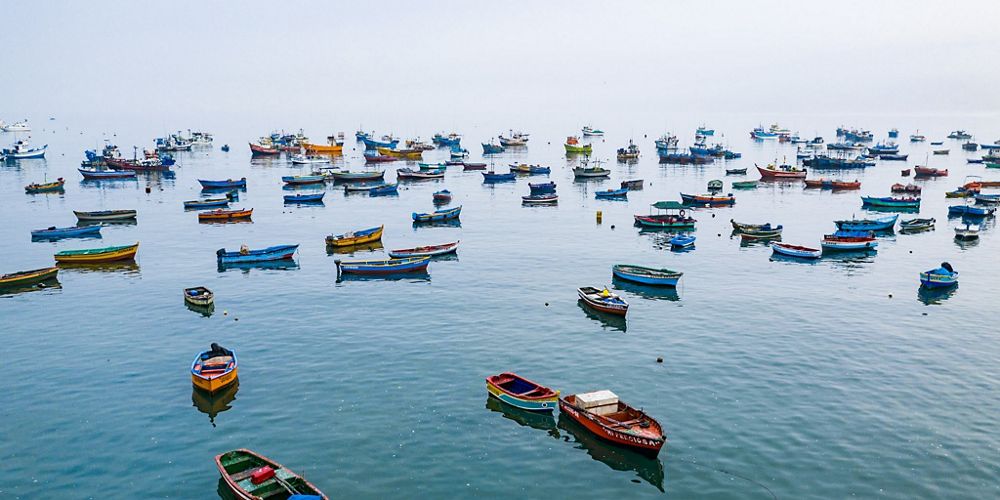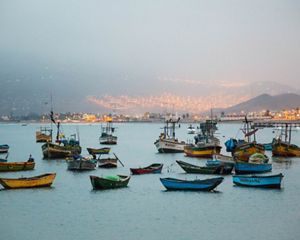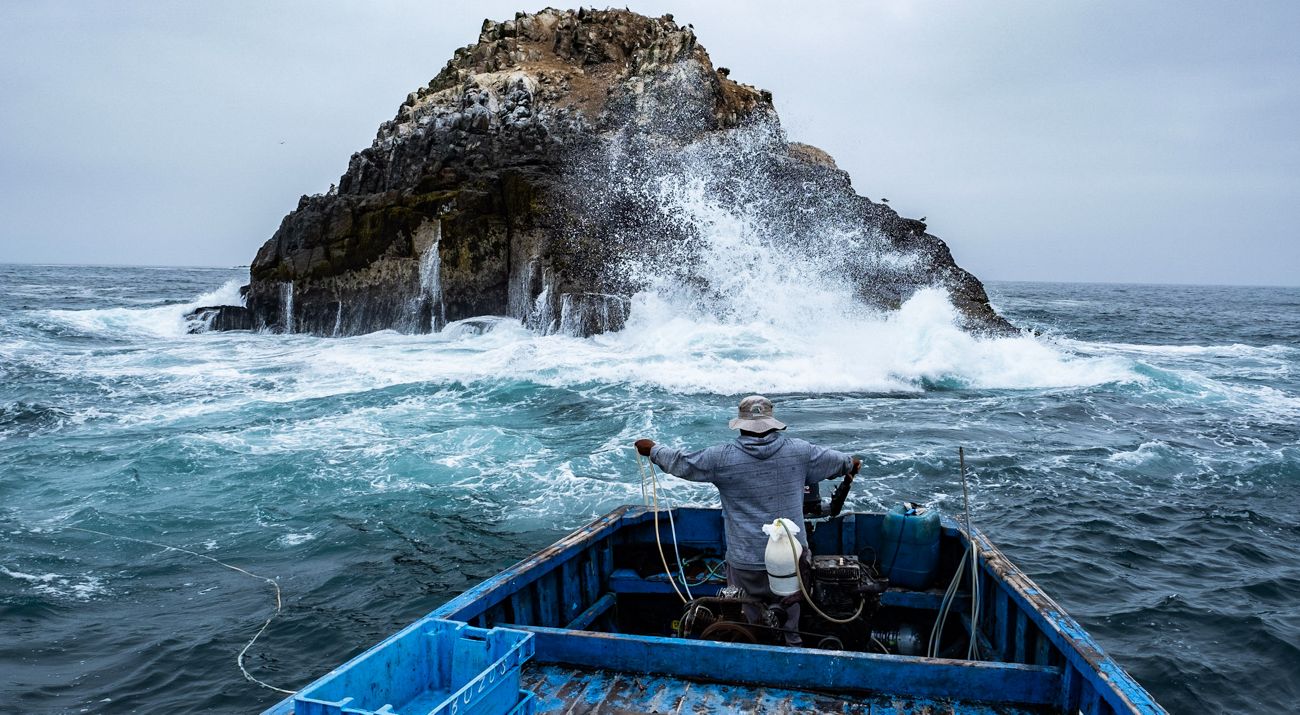
The Humboldt Current: A sea full of life to feed the planet
This South Pacific current has global significance for fisheries and biodiversity.
Covering just 0.1% of the ocean’s surface, the Humboldt Current is the most productive fishing area in the world. Preserving it means securing a future food supply for millions of people.
Along the coasts of Chile, Peru and Ecuador, air currents push warm surface waters westward, allowing cold waters rich in life and nutrients to rise from the depths of the ocean. This ecosystem is known as the Humboldt Current, home to schools of horse mackerel, anchovies, tuna and sardines, as well as giant squid, sharks (more than 70 species), whales and sea lions, among other iconic species.
Despite covering only 0.1% of the global marine surface, the Humboldt Current, also known as the Peruvian Current, is capable of providing up to 15% of the world’s fish catch and is responsible for 50% of the world’s fishmeal production, used as animal feed in aquaculture, poultry farming and livestock.
Humboldt Current in Numbers
-
0.1%
global ocean surface area
-
15%
of the world's fishing comes from this current
-
50%
of the world's fishmeal is produced here
This makes it the world’s richest marine ecosystem and most productive fishing area. In addition to the sea life, the region is home to more than four million birds that also take advantage of the rich food chain, including the iconic Humboldt penguins, which are endemic to this part of the world and can live in the equatorial zone due to the low water temperatures. The albatross, Chilean pelican, Peruvian booby and gray gull are other species that forage the seas from the air.
Species of the Humboldt Current

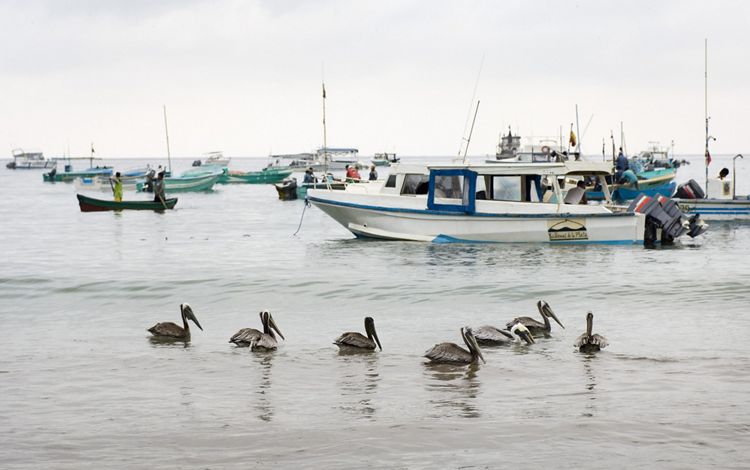
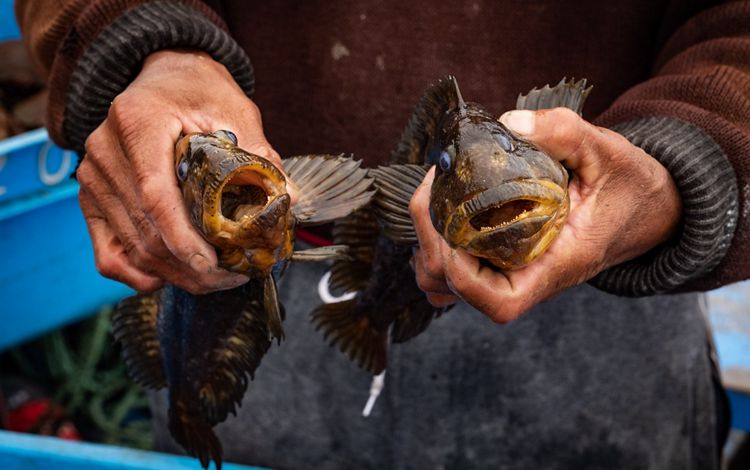
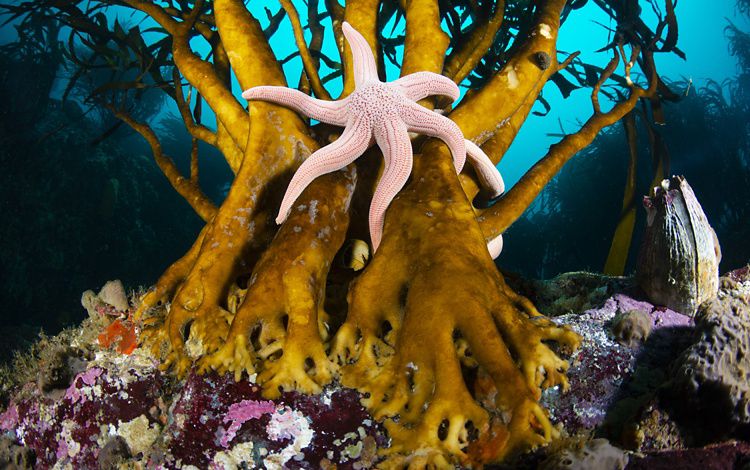
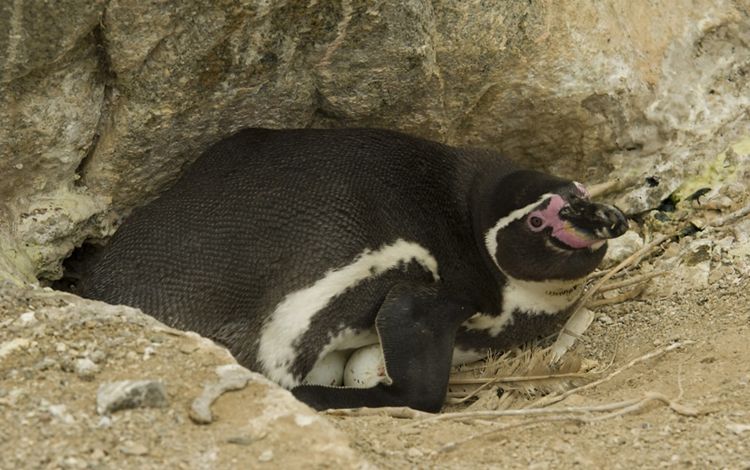

However, the excessive extraction of resources from this current presents several challenges, including decreased biological productivity, disruption of marine and terrestrial ecosystems and threats to food security, mainly for countries such as Chile and Peru. In addition, global warming may alter species distribution, cause forced migration and reduce the availability of fishery resources for coastal communities. Extreme events such as El Niño, which are intensified by climate change, disrupt the ecosystem’s natural cycles, generating significant economic and social impacts. Given this situation, there is an urgent need to strengthen the resilience of the Humboldt Current by conserving its biodiversity, reducing emissions and empowering local communities to adapt to a changing environment.
For Natalio Godoy, marine biologist and leader of TNC Chile’s Oceans Strategy: “The big challenge lies in coastal fisheries. Many people and many resources are working in the areas with the greatest biodiversity. And coastal areas account for more than 80% of the biodiversity we want to conserve. So there is also an opportunity there.”
Since 2015, TNC has been working closely with several communities along the coast of Ecuador, Chile and Peru to ensure that the Humboldt Current remains a source of life, culture and livelihood for current and future generations.
How can we feed the planet without perishing in the attempt?
According to the FAO, food production will have to increase by 60% to supply a world population that, by 2050, will be close to 9.3 billion people. It also states that the per capita consumption of aquatic animals has increased from 9.1 kg in 1961 to 20.6 kg in 2021, more than doubling. Add to this the overexploitation of fisheries, 70% of which are estimated to be completely depleted.
Juvenal Antillanca, president of the Huiro Indigenous Fishermen’s Association, in Chile’s Los Ríos region, has seen it first-hand: “For many years we have been facing a decline in production due to a decrease in the populations of some species."
The collapse of the fisheries and the resulting loss of biodiversity call for a change in approach. “Conceptually, that is where TNC comes in: asking ourselves how to make more sustainable fisheries that allow these productive natural systems to maintain all their components,” adds Natalio.
Fishing is essential to global food security
The Humboldt Current plays an important role.
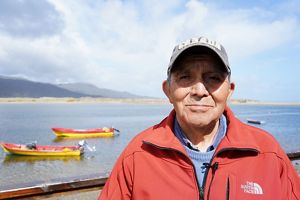
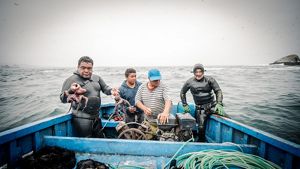
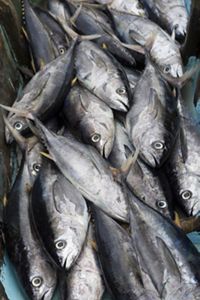
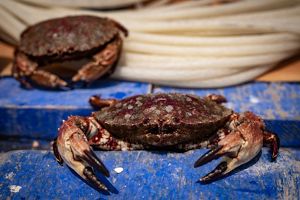
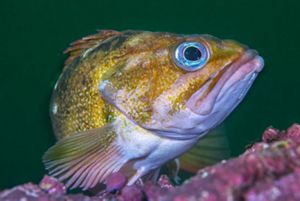

Juvenal Antillanca: president of the Indigenous Association of Huiro Fishermen © Paula Noé / TNC Chile

Héctor Samillán: Former president of the Association of Shellfish Harvesters and Underwater Fishing of Ancón (AEMAPSA). © Sebastián Galliani / LUMEN

Yellowfin tuna: in a fishing boat in Puerto López, Ecuador. © Mark Godfrey

Crab: on a fishing boat in Ancón, Perú. © Jason Houston

Coastal fish: along the Chilean coast, where protection is essential. © Eduardo Sorensen
Science and technology for sustainable fishing
In the late 1990s, fishermen in the community of Ancón, just north of Lima, Peru, began to notice a significant decline in species that they used to catch in large quantities, such as snails, octopuses and crabs.
Fisherman Héctor Samillán recalls that his community then introduced protective measures such as closed seasons, prohibiting the harvesting of certain species at certain times of year. “We made those agreements empirically. But we had doubts about whether we were doing the job correctly. That’s when we contacted TNC,” says Héctor.
It has now been more than a decade of work between scientists and fishing communities in Peru and Chile. The accumulated knowledge has been centralized in FishPath, a tool that seeks to improve decision-making and expand markets for artisanal fishing, an activity that approximately 93,000 people depend on in Chile, along with more than 55,000 in Peru and around 28,000 in Ecuador.
Quote: Matías Caillaux
It is important to strengthen scientific knowledge to better manage small-scale and artisanal fisheries, which often do not have enough information or, when they do have it, do not have the methods to understand the state of their fisheries.
Meanwhile, in Ecuador, the aim is to support more responsible production of industrial purse seine tuna fishing. “Electronic monitoring involves the installation of cameras in strategic locations so that inappropriate fishing practices can be identified in real time, such as the capture of vulnerable species like sharks, sea turtles and dolphins," explains Marco Robles, director of conservation at TNC Ecuador.
TNC Ecuador is also working to ensure that shrimp production implements more sustainable practices, including the conservation and restoration of mangroves, an ecosystem that is interconnected with the Humboldt Current. It is worth mentioning that Ecuador is the world’s leading shrimp exporter.
Through science and the leadership of communities such as these, it is possible to envision a future in which the largest fish stock in Latin America maintains its equilibrium. Conserving the Humboldt Current is essential not only for its extraordinary biodiversity and its role in global food security, but also for the well-being of the coastal communities that directly depend on it. These communities, with their ancestral fishing traditions combined with sustainable fishing practices, are resilient guardians before the environmental challenges facing this sea full of life.
Global Insights
Check out our latest thinking and real-world solutions to some of the most complex challenges facing people and the planet today.
